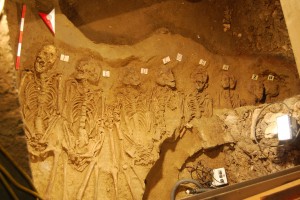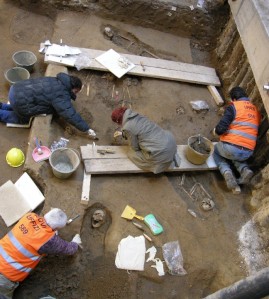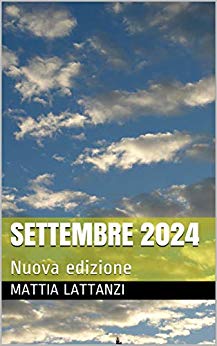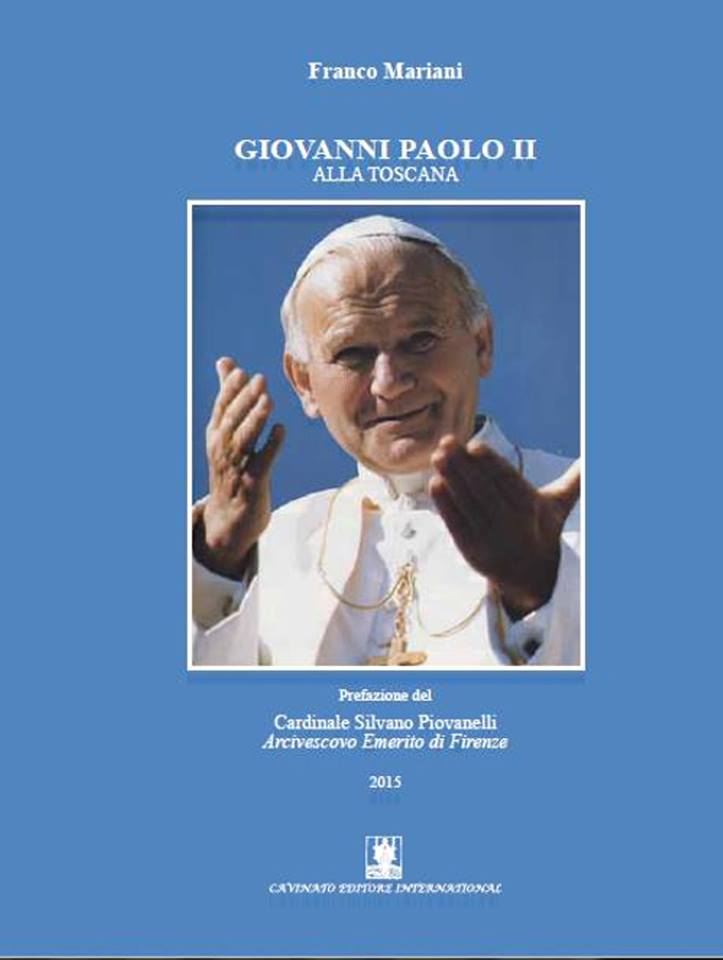Under the Uffizi discovered 5th century with cemetery 70 corpses
 Under the New Uffizi project is continuing the work in the area below the reading room of the library of the Uffizi, adjacent to Piazza del Grano, they see committed three superintendencies, Polo Museale, Architectural and archaeological heritage.
Under the New Uffizi project is continuing the work in the area below the reading room of the library of the Uffizi, adjacent to Piazza del Grano, they see committed three superintendencies, Polo Museale, Architectural and archaeological heritage.
In recent months several have emerged both archaeological news, both in anthropology, about a cemetery dating from the 5th-6th century a.d.. where was identified about 60 skeletons.
Within the framework of numerous witnesses have emerged relating to various stages of the history of this portion of the city, by the late Roman age up to Vasari architectural of the second half of the 16th century.
The location of the cemetery on a hill near the river, in an area still subject to flooding in major range, and location, sometimes decomposed, of buried side-by-side head-feet deposited, are clear evidence of burials in a hurry probably coinciding with the onset of an epidemic.
Other elements that combine to make realistic assumptions of the epidemic are the proximity of each other and non-homogeneous orientation of buried, evidence of a cemetery activities concentrated in a very limited period of time and aimed at maximum exploitation of available space for burials.
It appears likely that the tragic event which led to the creation of this emergency is cemetery place in hot weather, When the dry river retreated on the South side of the channel, making feasible the soil formed from its sediments, deposited during winter in full right bank.
Anthropological investigations, paleobotanical and palynological analyses undertaken with the discovery of the necropolis can shed some light on the real causes of the ' moria’ and social and environmental aspects of this large population sample.
 Between the 12th and 13th centuries the area, as a result of the need for new space, is built and urbanized. The medieval low phase, within the affected area from burials, some foundations and walls are especially wells for sewage disposal and sewage relevant courtyards behind residential buildings found in the excavation of the cellars of the Uffizi di Levante.
Between the 12th and 13th centuries the area, as a result of the need for new space, is built and urbanized. The medieval low phase, within the affected area from burials, some foundations and walls are especially wells for sewage disposal and sewage relevant courtyards behind residential buildings found in the excavation of the cellars of the Uffizi di Levante.
With the medieval quarter is vasarian largely gutted to make way for the new building is intended to accommodate the Ducal Courts.
Archaeological excavations show plainly that a catastrophe of immense proportions struck Florence in early Middle age.
A catastrophe that has certainly contributed to the well-known long period of decadence of the city.
Excluding the possibility of a massacre that can be connected with various barbarian invasions by the absence of mortal wound and trauma for the look of it seems there (more mass graves in place of one pit) and excluding the starvation in the siege or long illness course, It remains only the possibility of a massive die-off and rapid, What occurs during an epidemic of high infection and acute and deadly evolution, like the plague, cholera, dysentery, the influence.
 The history of the necropolis, Once detailed archaeological and criteria through the absolute dating radiocarbon dating, may not be compatible with that of the Justinian Plague. In this case opens a intriguing perspective: identify the pathogen responsible for the Plague (Yersinia pestis) from bones or teeth.
The history of the necropolis, Once detailed archaeological and criteria through the absolute dating radiocarbon dating, may not be compatible with that of the Justinian Plague. In this case opens a intriguing perspective: identify the pathogen responsible for the Plague (Yersinia pestis) from bones or teeth.
In this regard have already been contact with a laboratory to clarify at the University of Mainz, where a team will be a specialized research in this field.
The sixty skeletons found is for anthropologists working there of extreme scientific importance because it represents a large sample of the Florentine population between late Antiquity and altomedievo.
So far have had only small scraped together from other urban excavations of small amplitude made over the years as a result of urban jobs in different areas of the city, now, however, have a large sample that allows you to draw a picture of the Florentine population and its living conditions, of health, of power, of work activities.
Drafting
The number 5 – year of 12/02/2014







Follow Us!